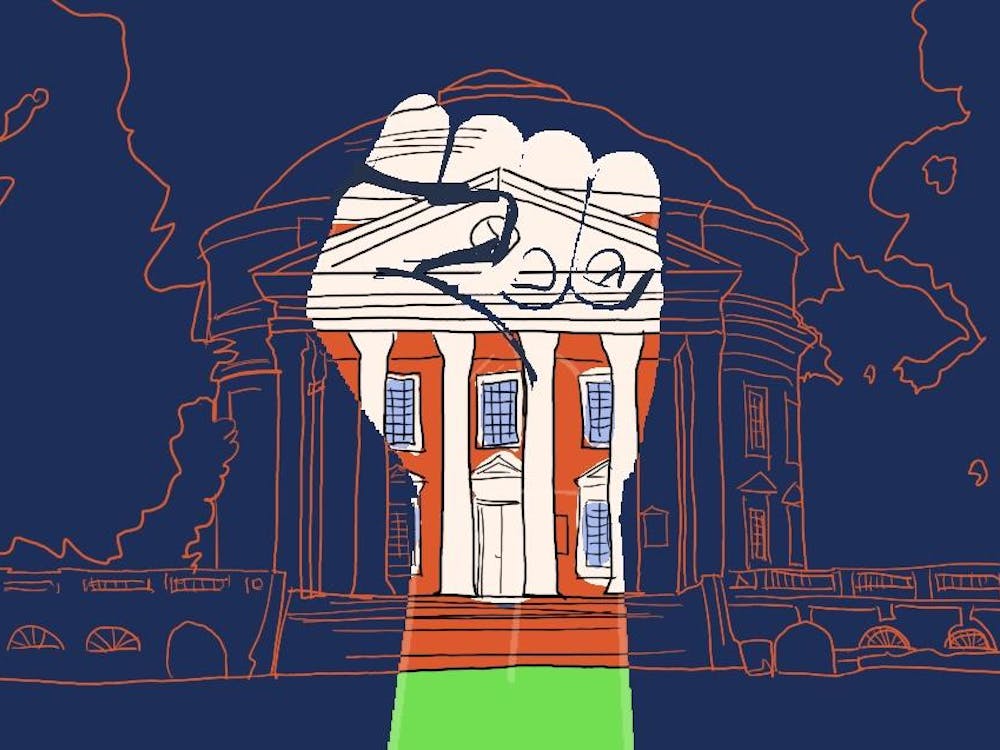As many University students registered for classes , the Student Information System, or SIS, reminded them just how flawed the process is. Shocking to hear, isn’t it? With more than half of the University’s students capitalizing on Lou’s List, a more intelligible website, it’s clear that the status quo is unacceptable. Last semester, I wrote a piece on how a predictive analytics system would be able to alleviate many inefficiencies associated with the process. Alas, while we patiently await the evolution of class registration, the University has the opportunity to implement a much-needed change to help dismiss one its most vexing aspects. The enrollment restriction that initially limits the maximum number of credits leads to frustration on registration day and discriminates against all students who wish to take a four-credit class.
According to the University Registrar, College students are limited to 15 credits until Aug. 2 later this year, at which point the maximum credit hours revert to the normal 17 credit restriction. Yet, the question still remains: why 15? If it’s because 15 credits over eight semesters perfectly equals the 120 credits required to graduate, then that would certainly be a ridiculous justification. A closer look at this rule illuminates a number of reasons why this policy negatively affects more students than it could possibly help.
First, many students on class registration day want to enroll in as many classes as possible. However, the 15 credit restriction forces a student who wishes to enroll in a four-credit class to make unfair decisions during class registration. For these students who want to take the usual number of five classes (four three-credit classes and one four-credit class), they quickly realize that their enrollment is essentially stuck. Students are forced to choose the four classes that they want to be in the most and completely abandon their fifth class because of exceeding the 15 credit limit. Throw in the usual anxiety that accompanies class registration day and you have a perfect recipe for frustration. Depending on whether they elected to include the four-credit class in the choice of their maximum-allowed four classes, students find themselves fixed at 12 or 13 credits as they helplessly watch their favorite classes slip out of reach.
Still more unfairly, the 15 credit limitation targets students taking courses in departments such as mathematics, statistics, language departments and many others where four-credit classes are common. Those who only take three-credit courses stand to benefit at the expense of any student who wishes to or needs to take a four-credit class.
By the same token, students who are stuck because of the limit are prevented by SIS from even getting on the waitlist of a class that is still open. Only when the class becomes full does SIS allow them to add their name to the waitlist, and, by that time, it might be too late to ever get into the class. Moreover, they still have to wait until Aug. 2 before the University even gives them permission to have the opportunity to move off the waitlist.
Most importantly however, arguments in support of 15 credit restriction just don’t make sense. If the goal of the limit was to ensure that students only enroll in four classes so that first years or students who had later sign-up times would be ensured of a diverse array of available classes, then why is the limit not 12? A 15 credit limit allows and in some cases forces students to enroll in five three-credit classes, so there isn’t a significant number of classes kept open by this rule. Furthermore, while this limit might hypothetically prevent a second-year from enrolling in that fifth class, thereby opening up a spot for a first-year, what’s to stop another second-year from including that four-credit class in the selection of her own initial four classes?
The University faces a fairly straightforward solution to these problems, namely limiting enrollment credits to 17. Students who wish or need to enroll in one or two four-credit classes would longer face unfair restrictions on their ability to get into classes that students who are taking three-credit classes the following semester never face. Despite the other headaches that will still come from SIS, the University has the chance to free many students who wish to take a four-credit class from being denied that opportunity.
Ben Yahnian is an Opinion columnist for The Cavalier Daily. He can be reached at b.yahnian@cavalierdaily.com.






